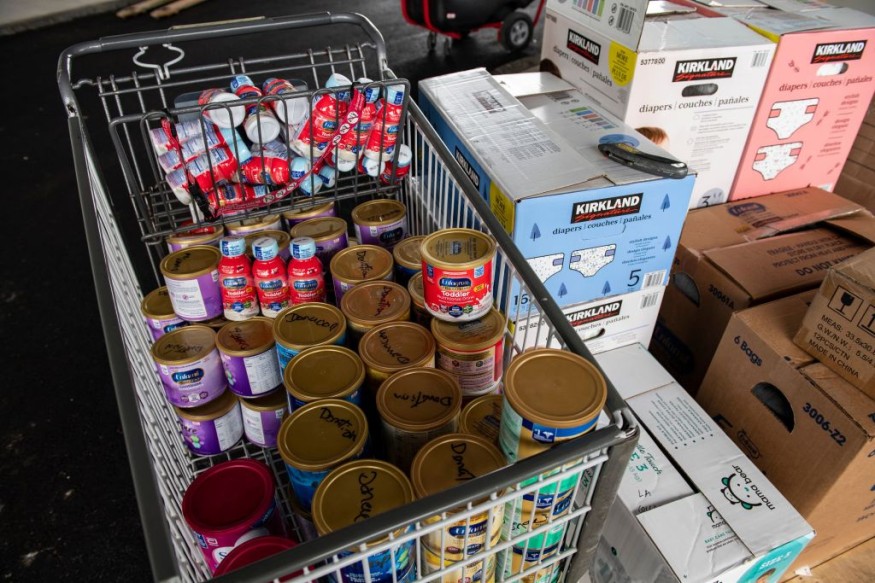SNAP Benefits: Can You Use Food Stamp Money To Buy Baby Food?

SNAP benefits payments have been a huge help to low-income families, especially when it comes to meeting the household's nutritional value needs.
There is a list of items that can be bought using SNAP benefits. It includes fruit, vegetables, meat, poultry, fish, dairy products, bread, cereals, other snack foods, and non-alcoholic beverage, according to National Council on Aging.
Seeds and plants are allowed to be bought using the SNAP benefits payments.
Recipients usually receive their payments through the Electronic Benefits Transfer card, which works almost like a debit card.
One of the main questions in using SNAP benefits payments is when talking about newborns' or infants' needs, such as diapers and baby formulas.
The Centers for Disease Control and Prevention's 2020 Breastfeeding Report card found that around 20% or one in five newborns were given baby formula within the first two days of life.
In addition, families that depend on baby formula spend around $1,200 to $1,500 per year on breast milk substitutes on average, according to U.S. Surgeon General's current estimates.
SNAP Benefits Baby Formula
Needy families with infants in their homes will see the need for baby formula due to its costs and the frequency of infants' need for their baby formula.
CDC data noted that younger mothers with lower levels of education or are unmarried also report lower shares of infants receiving any breastmilk at six months.
Luckily, food stamp payments can be used to buy store-brand baby food and formula.
Store Brand formulas have the same Food and Drug Administration standards as the more expensive brands such as Enfamil and Similac, as cited by MARCA.
The store-brand formulas cost up to 50% less, with an average of $64 a month can be saved with just baby formula alone.
Families can provide five more days of complete nutrition by choosing to buy Store Brand Infant Formula as compared to other popular brands.
Other baby food can be bought using SNAP benefits, including cereals, juices, baby food, and other eligible items.
SNAP Benefits Payments
When determining SNAP benefits eligibility, applicants are tested based on three factors such as gross monthly income, net income, and assets.
SNAP counts cash income from all sources such as cash assistance, Social Security, unemployment insurance, and child support.
Assets are resources that could be available to the household to purchase food such as amounts in bank accounts.
Items that are not counted as assets are the household's home, personal property, and retirement savings.
Most automobiles do not count, with states having the option to relax asset limits.
There are some people who are not eligible for SNAP regardless of their income or assets. These are those who are on strike, all people without a documented immigration status, some students attending college more than half-time, and certain immigrants who are legally documented.
Families with no net income usually receive the maximum benefit, which is calculated based on the U.S. Department of Agriculture's Thrifty Food Plan.
READ MORE : Will Your Social Security Payments Be Taxed?
This article is owned by Latin Post.
Written by: Mary Webber
WATCH: Emergency SNAP benefits ending in March - from NBC4 Columbus
Subscribe to Latin Post!
Sign up for our free newsletter for the Latest coverage!

















